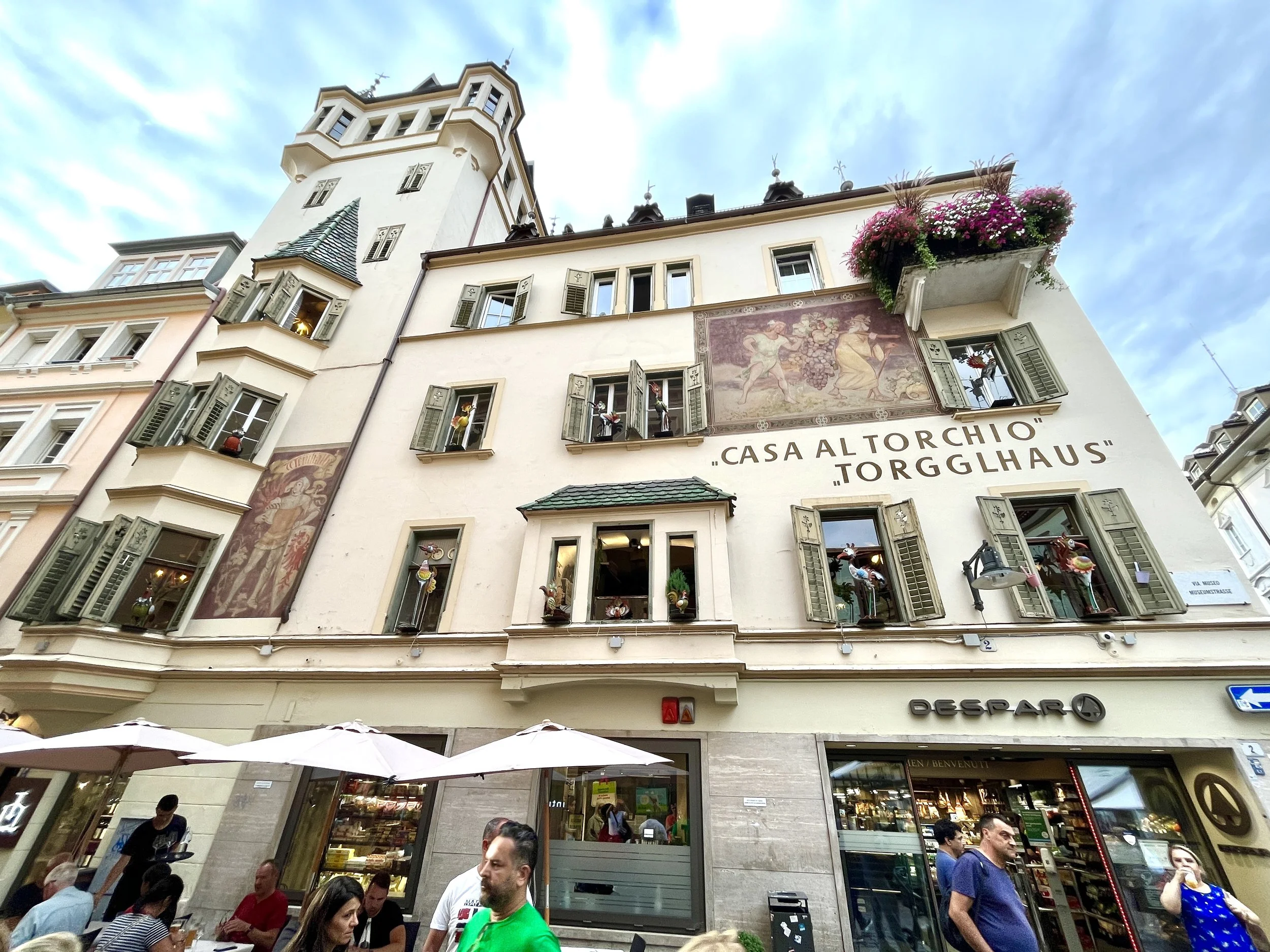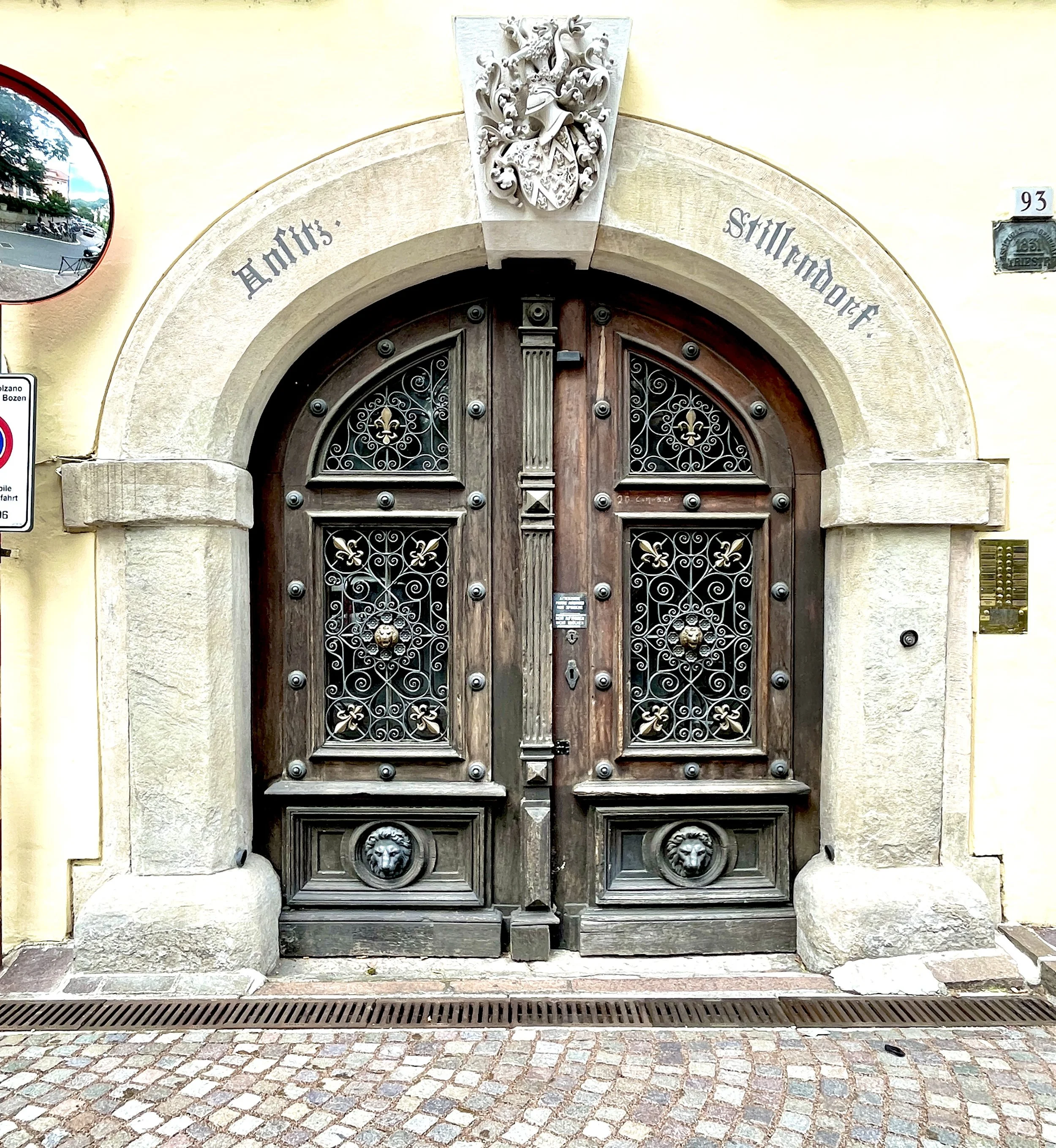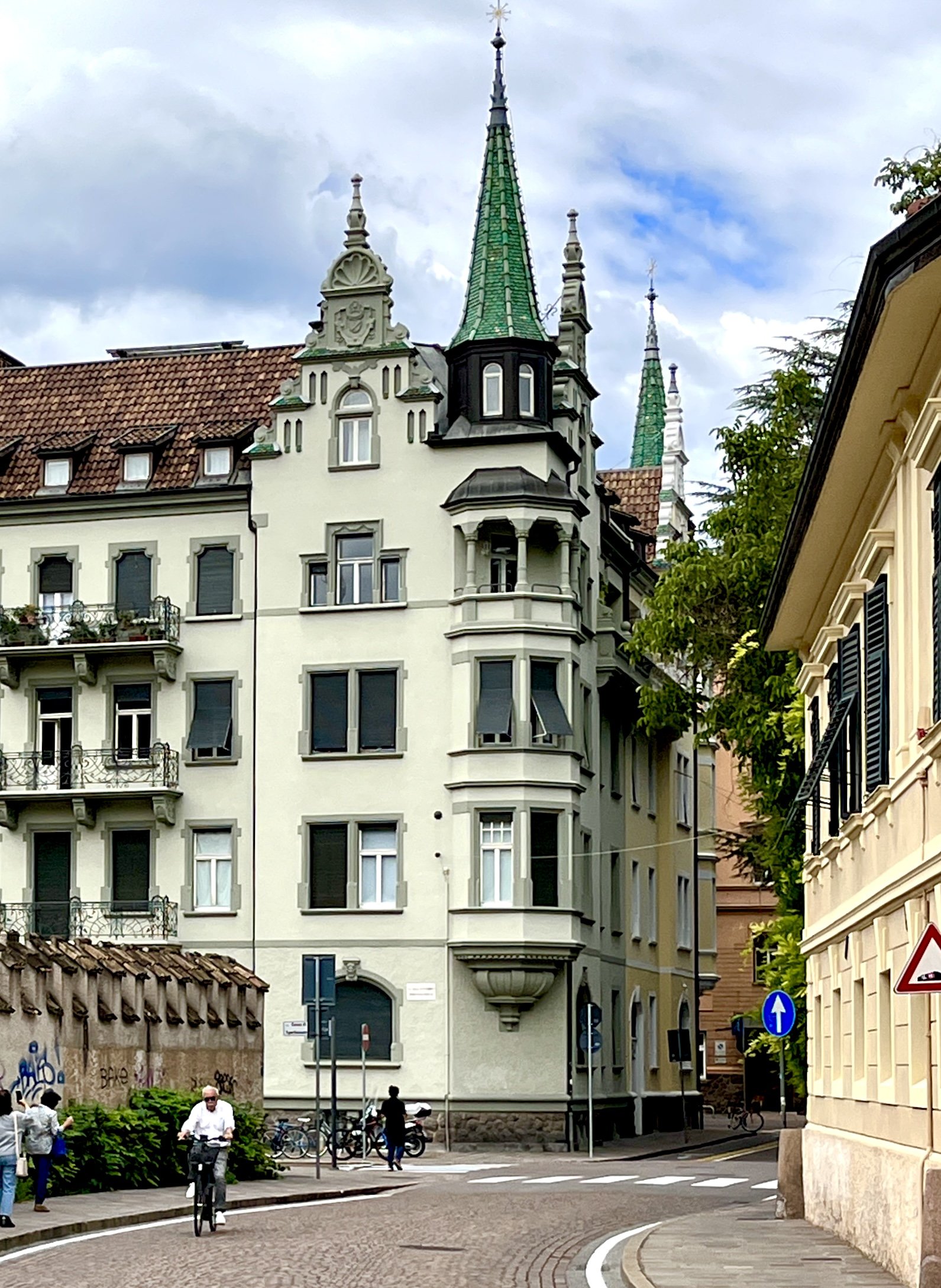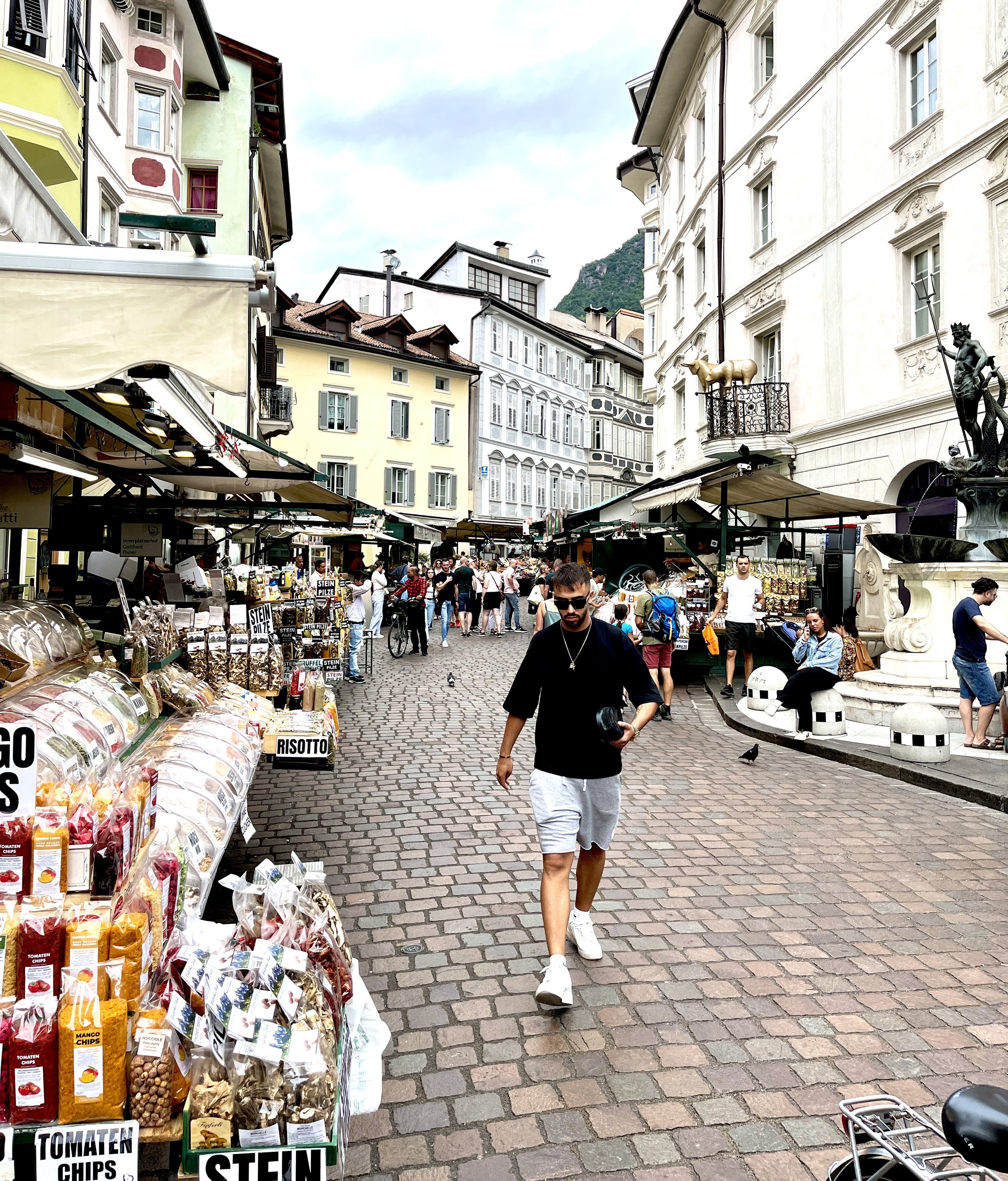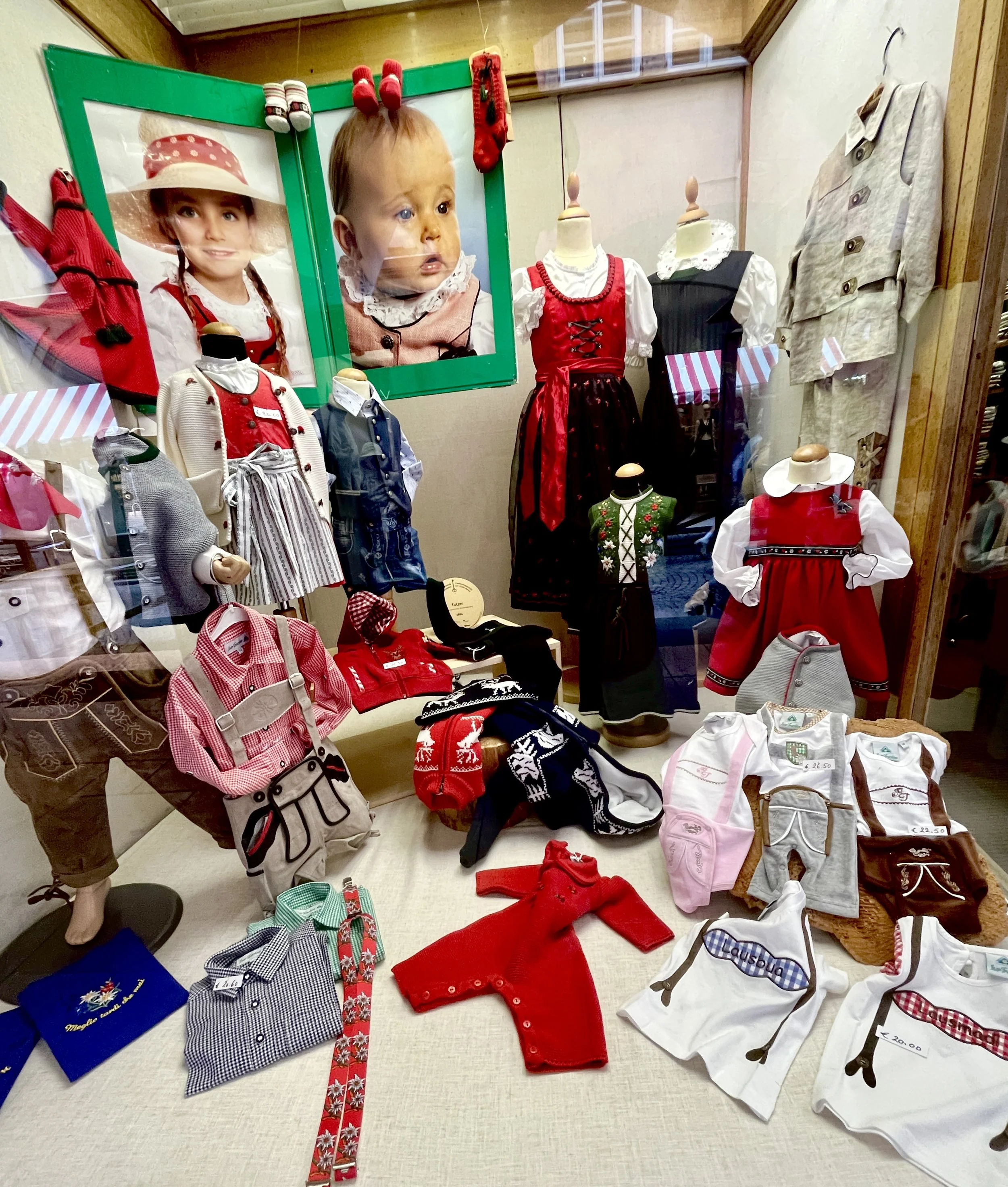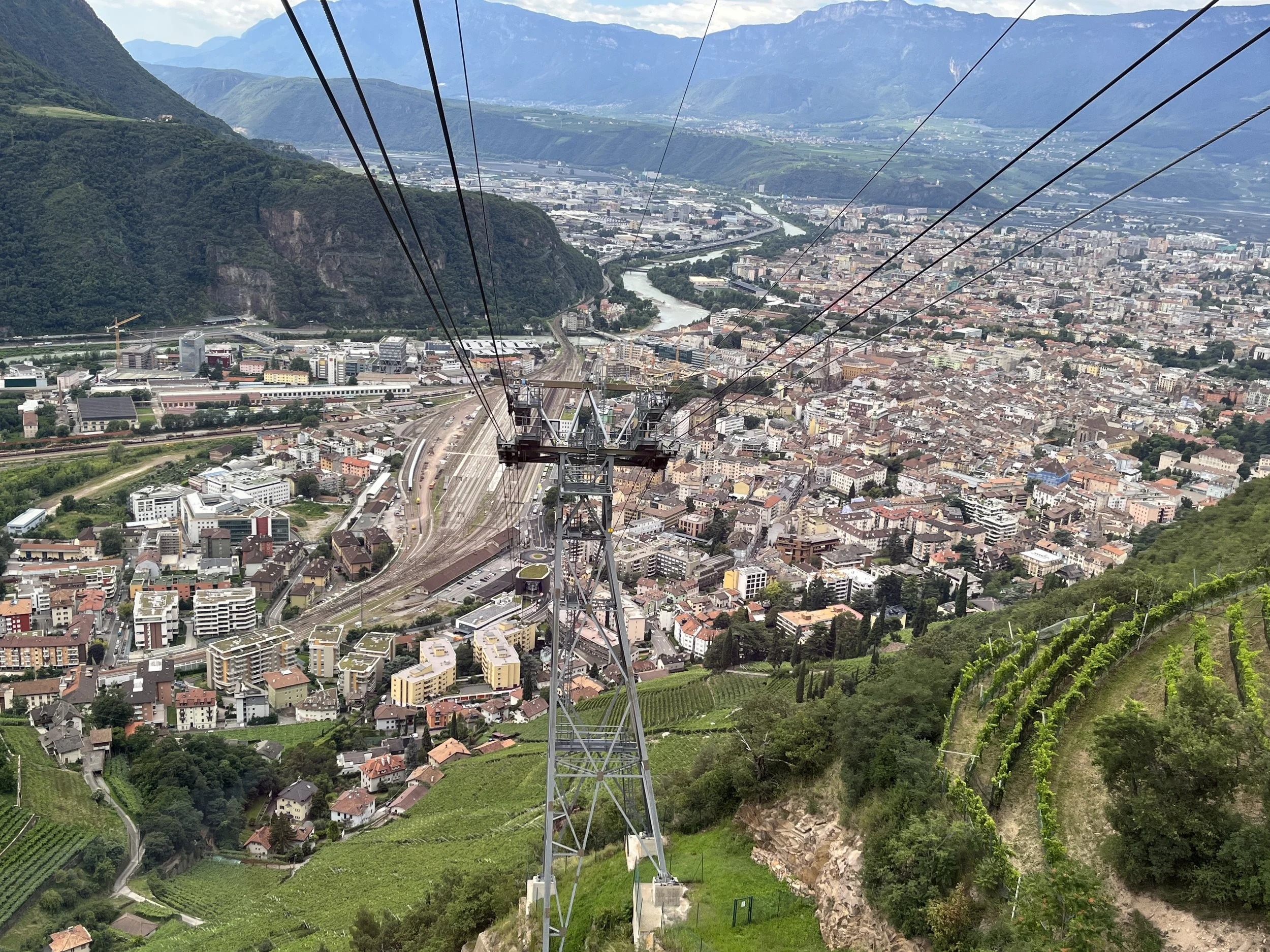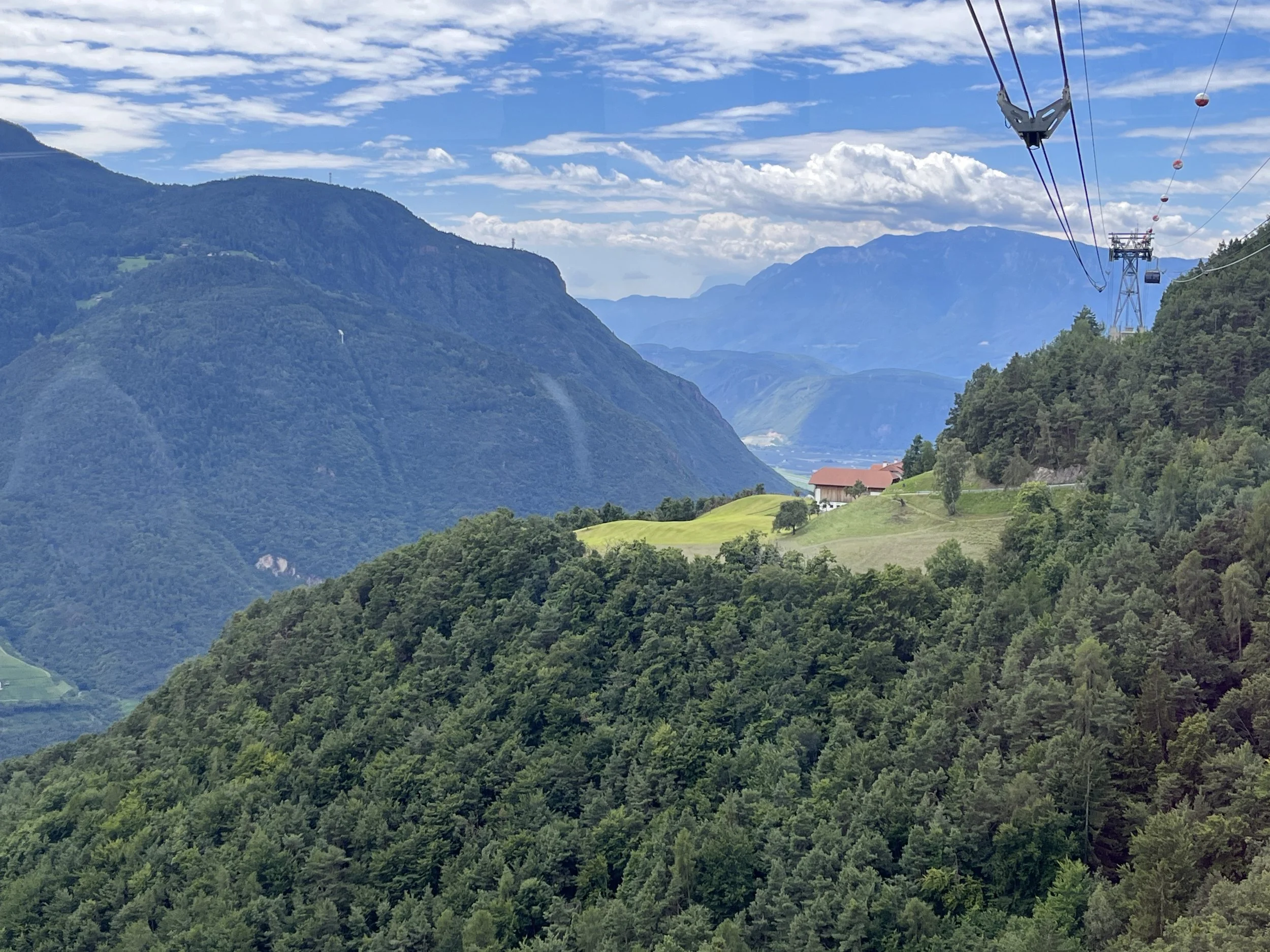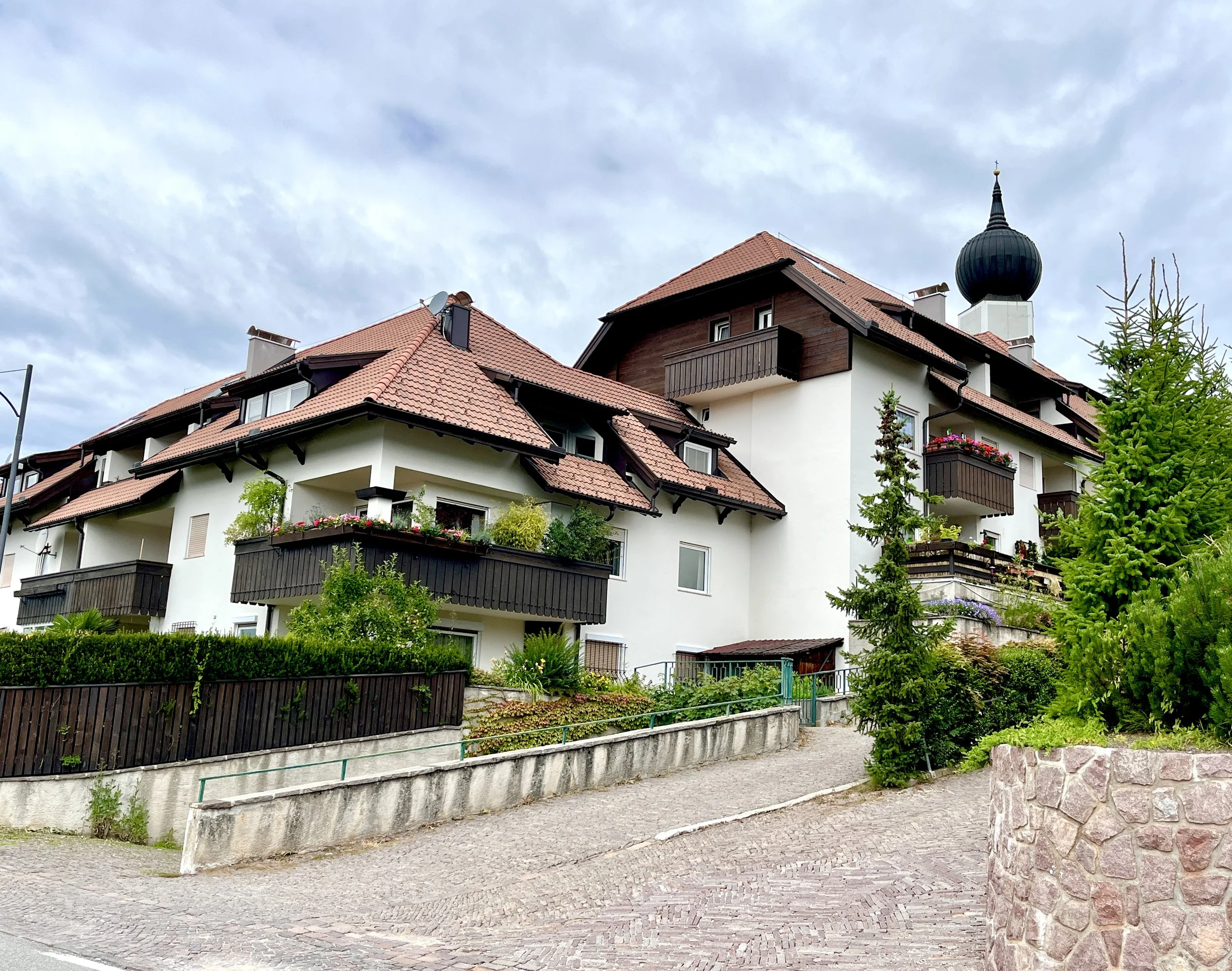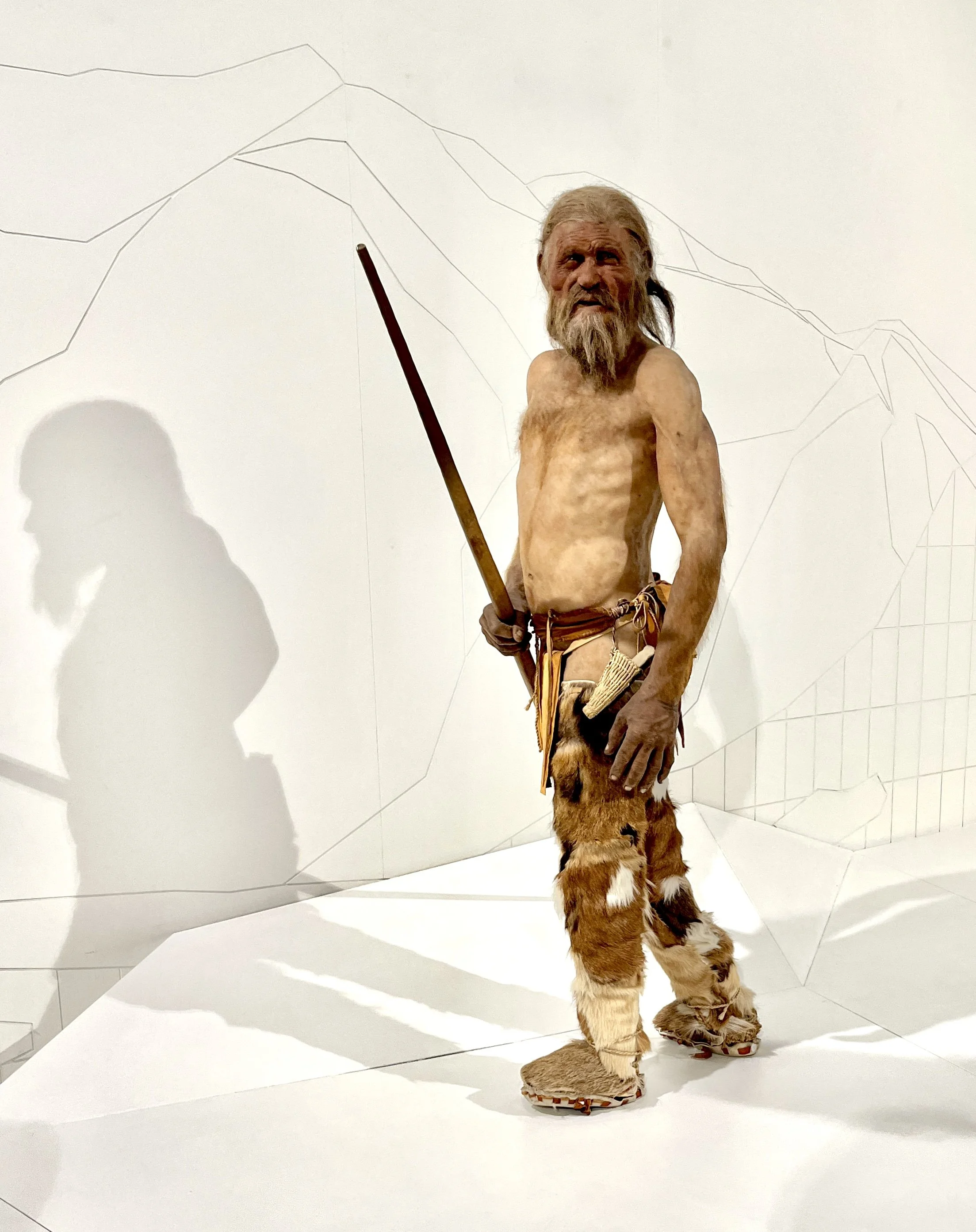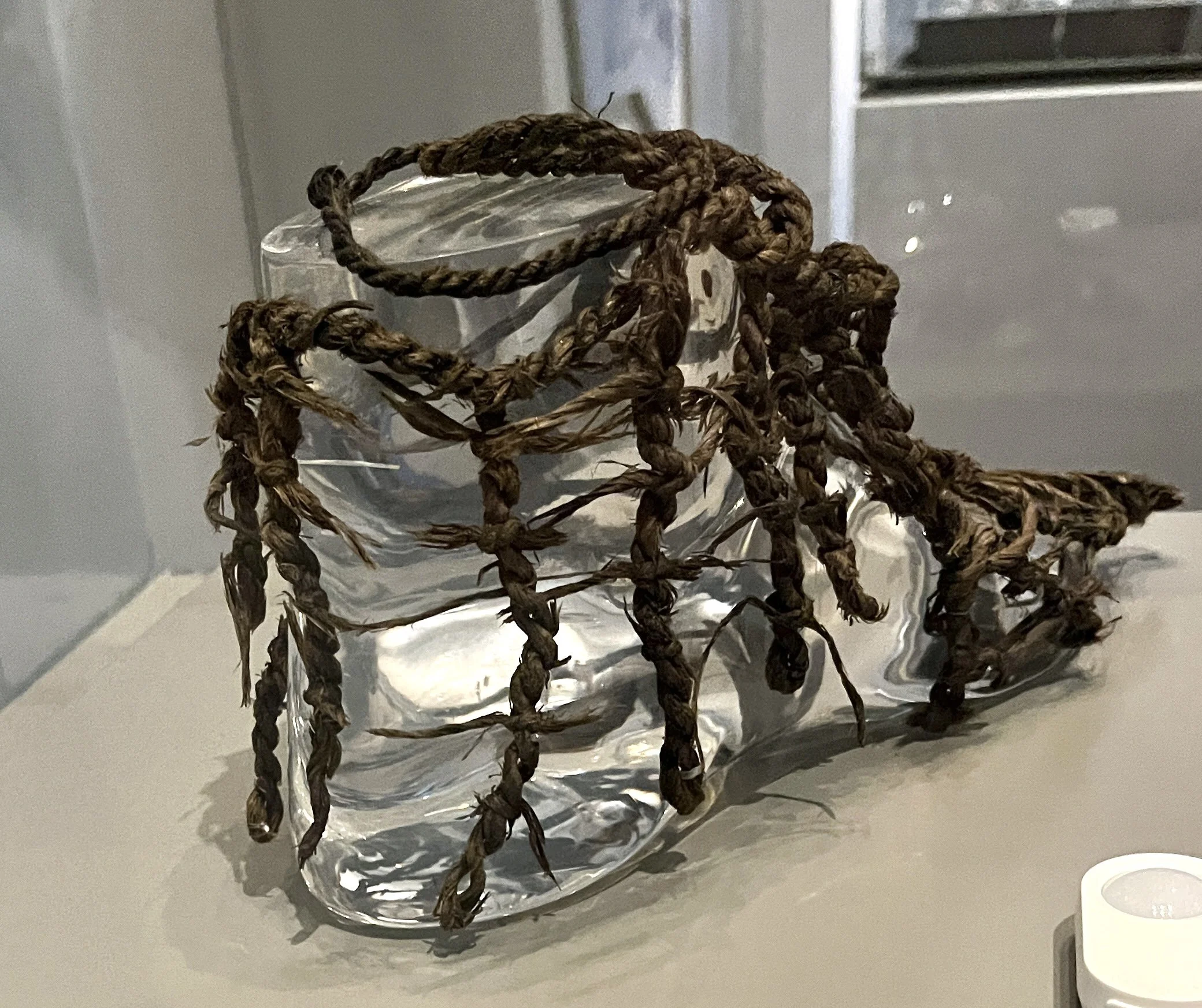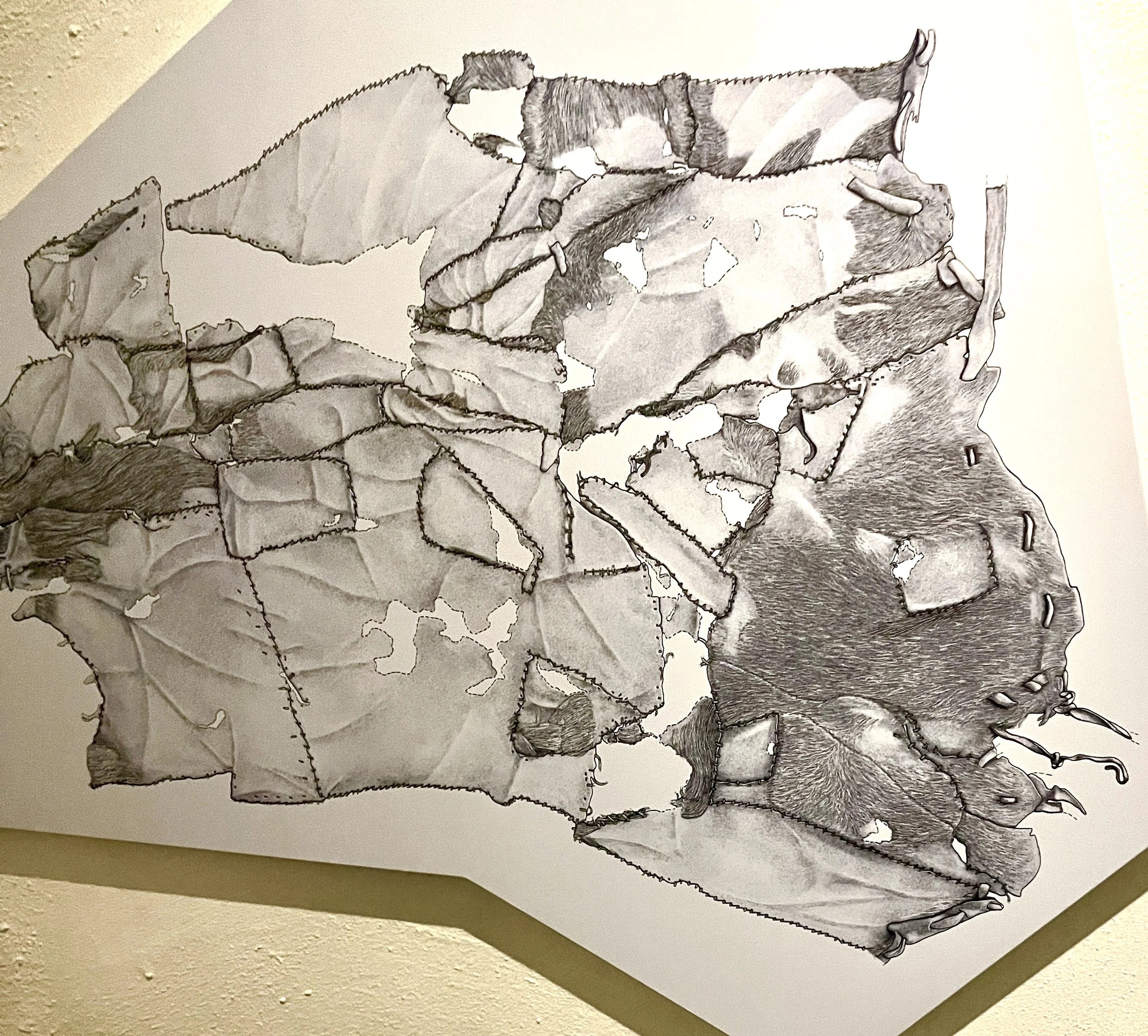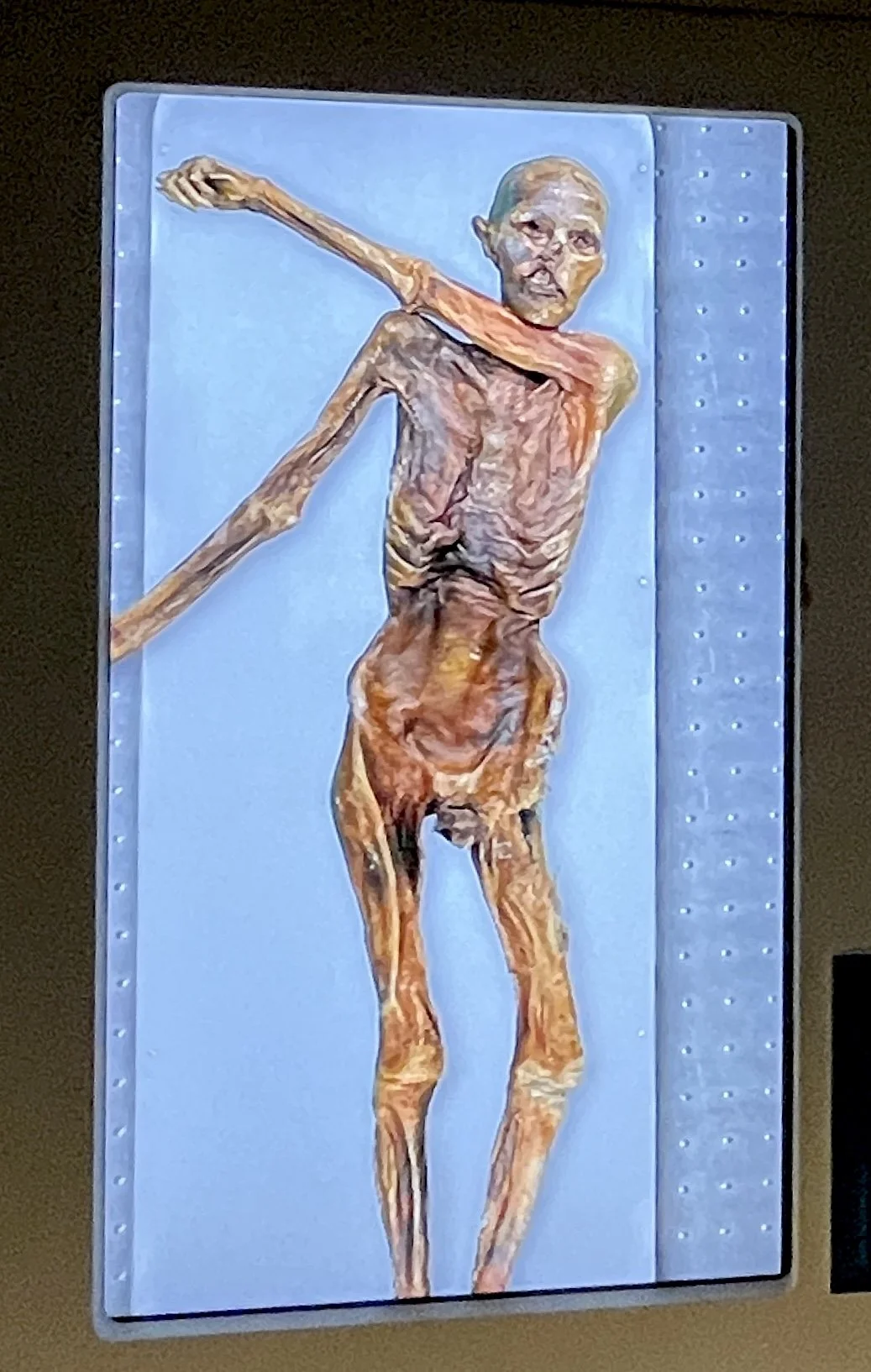Bolzano: Italy
Northern Italy: Image of the Autonomous Province of Bolzano in South Tyrol taken from the funicular
After visiting Britain, Germany, Lichtenstein and Austria, I took the train south from Innsbruck to spend time in Bolzano and Trento in northern Italy. Afterwards, I was to explore many towns around the Adriatic Coast, larger cities like Florence, Bologna and Milan, the Cinque Terre on the west coast and the Principality of San Marino. Now in love with Italy, I long to return and visit all the places I’ve yet to explore, in particular, Rome, Arezzo, Naples, Pompeii, Alberobello and Sicily, but for now, let’s look at Bolzano.
Images: Travelling through the Brenner Pass by bus; Bolzano’s Adige River; lovely downtown architecture; shops showing the region’s Germanic influence.
Bolzano, called Bozen in German
Soon after I arrived in Bolzano, I noticed that almost everyone was, at the very least, bilingual, so I could use German 100% of the time; small wonder some of my German cousins visit often. The vibe in Bolzano is a relaxed cultural mix of Italian, Swiss, German and Austrian. The architecture seems also a hybrid with Swiss-style bay windows for example, and painted façades like you see in Germany, but with Italian themes. Aside from excellent restaurants, there are ‘state-of-the-art’ fashion boutiques, and I have it on good authority that buying your next season's wardrobe in Italy puts your streets ahead of the trend in Northern Europe. Then there's the stunning countryside to energize a visitor’s love affair with Italy, and a funicular ride over vineyards to the top of one of the surrounding hills. There are castles and wineries to visit, and captivating museums.
A favourite museum is dedicated to Ötzy, the Iceman, said to have lived between 3,350 and 3,105 BCE, making him well over 5,000 years old. The naturally mummified body – found frozen in a glacier – is stored behind glass at subzero temperatures. The research carried out to establish his origin, along with an analysis of remnants of clothing and accessories, necessitated the rewriting of some of our human history. One of the most detailed investigations into his genetic origin has him descending from the Neolithic Anatolian farmer group. (Genomics, Volume 3, Issue 9, September 13, 2023).
Images: Bolzano from the funicular, and typical Tyrol architecture atop the mountain.
Scientists have established interesting facts about Ötzy: he was murdered, had darker than local skin, was lactose intolerant, ate farmed grain, and was going bald. His clothes were intricately stitched, and his body bears the earliest known tattoos with skin puncture marks along the exact lines used by modern acupuncturists. It's thought that he may have been so treated for pain because his joints show signs of degenerative arthritis. There’s a vast amount of information on the museum walls, and this research is often updated. The discovery helped confirm other DNA studies showing that modern Homo sapiens carry some DNA of the most recent preceding humanoids including Neanderthals, probably through interbreeding. Apparently, 300,000 years ago, there were nine humanoid species (livescience.com), but we are the only one left; still multiplying while other species die out.
Images: A life-sized model of what they think Ötzy looked like; part of his shoes; intricate stitching of his leather garments; design of his leggings; scientists working on the mummy; a closer look at his body; sample of the vast information on the exhibition’s walls.
The exhibition shows what a recent player ‘we’ Homo sapiens are, having only been around for a fraction of the time that some of our predecessors roamed the earth. Only time will tell what our own fate will be. Perhaps we’ll have transferred our combined knowledge, learning ability, and even consciousness to AI and eventually cease to exist as carbon-based life forms. Who knows?
The exhibition raises many controversial questions to excite further research into our origin, and each new refinement in research technology, such as genetic sequencing and ever more powerful X-rays, will help uncover more pieces of the complex puzzle that we are.
The best time to visit the museum is when it's less crowded, immediately after it opens or two hours before closing. There's also lots of information online, but some is already out of date.
Coming next: Trento






